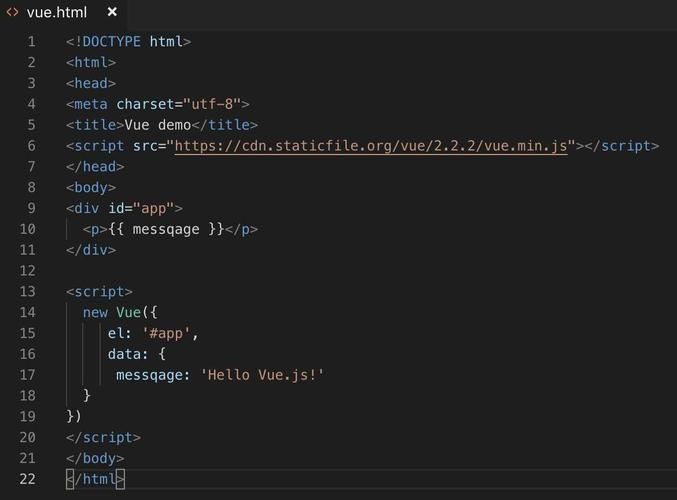
Web 页面之间传递参数的方法有很多种,下面列出一些常见的方法以及它们的代码示例。
一、前端直接传递参数
- 1、URL 参数传递(query string):通过 URL 的查询字符串(即问号后面的参数)将参数传递给页面。可以通过
location.search或URLSearchParams对象来获取和解析参数。
// 发送参数
const params = {id: 123, name: 'Alice'};
const url = `http://example.***/page?${new URLSearchParams(params)}`;
window.location.href = url;
// 接收参数
const searchParams = new URLSearchParams(window.location.search);
const id = searchParams.get('id');
const name = searchParams.get('name'); 2、URL hash传递:通过 URL 的 hash 值来传递参数。例如,http://example.***/#/page?id=1可以传递一个名为id的参数。可以通过location.hash来获取和解析hash值中的参数。
// 发送参数
const id = 123;
window.location.hash = `#id=${id}`;
// 接收参数
const searchParams = new URLSearchParams(window.location.hash.substring(1));
const id = searchParams.get('id'); 3、URL 路径传递:通过 URL 的路径参数来传递参数。例如,/users/:id可以传递一个名为id的参数。可以通过路由框架(如 React Router)来解析路径参数。
// 发送参数
const id = 123;
window.location.href = `http://example.***/page/${id}`;
// 接收参数
const id = parseInt(window.location.pathname.split('/').pop());4、JavaScript 变量:通过 JavaScript 变量来传递参数。可以在不同的页面之间共享全局变量,或者在一个页面内使用模块化开发来传递参数。
// 发送参数
const id = 123;
window.myGlobalId = id;
// 接收参数
const id = window.myGlobalId; 5、Cookie:通过在浏览器中存储 Cookie 来传递参数。可以通过document.cookie来读取和设置 Cookie。
// 发送参数
document.cookie = 'id=123; path=/';
// 接收参数
const cookies = document.cookie.split(';').map(cookie => cookie.trim().split('='));
const id = cookies.find(cookie => cookie[0] === 'id')[1]; 6、Web 存储:过 HTML5 的localStorage或sessionStorage来在浏览器中存储数据。可以通过localStorage.getItem()和localStorage.setItem()等方法来读取和设置存储的值。
// 发送参数
localStorage.setItem('id', 123);
// 接收参数
const id = localStorage.getItem('id'); 7、自定义事件:通过自定义事件来在不同的组件之间传递数据。可以通过CustomEvent对象来定义和触发自定义事件,通过element.dispatchEvent()方法来触发事件。
// 发送参数
const event = new CustomEvent('myEvent', {detail: {id: 123, name: 'Alice'}});
document.dispatchEvent(event);
// 接收参数
document.addEventListener('myEvent', event => {
const {id, name} = event.detail;
});
二、后端间接传递参数
- 8、表单提交:过表单的提交将表单中的数据传递给后台服务器或其他页面。可以通过
form元素的submit方法或XMLHttpRequest对象来实现表单提交。<!-- 发送参数 --> <form method="POST" action="http://example.***/page"> <input type="text" name="id" value="123"> <input type="text" name="name" value="Alice"> <button type="submit">提交</button> </form> <!-- 接收参数 --> <?php $id = $_POST['id']; $name = $_POST['name']; ?>9、WebSocket:通过 WebSocket 协议在浏览器和服务器之间实时传递数据。可以使用 WebSocket API 来建立 WebSocket 连接,并通过
WebSocket.send()方法来发送数据。
// 发送参数
const id = 123;
const ws = new WebSocket('ws://example.***');
ws.onopen = () => ws.send(JSON.stringify({id}));
// 接收参数
const ws = new WebSocket('ws://example.***');
ws.onmessage = event => {
const {id} = JSON.parse(event.data);
}; 10、Fetch API:通过 Fetch API 发送 HTTP 请求,并通过请求的 body 传递数据。可以使用fetch()方法来发送请求,并通过body参数传递数据。
// 发送参数
const params = {id: 123, name: 'Alice'};
fetch('http://example.***/page', {
method: 'POST',
headers: {'Content-Type': 'application/json'},
body: JSON.stringify(params)
});
// 接收参数
const body = await fetch('http://example.***/page').then(res => res.json());
const {id, name} = body; 11、AJAX:通过 XMLHttpRequest 对象发送异步 HTTP 请求,通过请求的参数传递数据。可以通过XMLHttpRequest.send()方法发送请求,通过XMLHttpRequest.onreadystatechange事件监听请求的状态变化。
// 发送参数
const xhr = new XMLHttpRequest();
xhr.open('POST', 'http://example.***/page');
xhr.setRequestHeader('Content-Type', 'application/json');
xhr.onreadystatechange = function() {
if (xhr.readyState === XMLHttpRequest.DONE && xhr.status === 200) {
console.log(xhr.responseText);
}
};
const params = {id: 123, name: 'Alice'};
xhr.send(JSON.stringify(params));
// 接收参数
const xhr = new XMLHttpRequest();
xhr.open('GET', 'http://example.***/page');
xhr.onreadystatechange = function() {
if (xhr.readyState === XMLHttpRequest.DONE && xhr.status === 200) {
const {id, name} = JSON.parse(xhr.responseText);
}
};
xhr.send();

